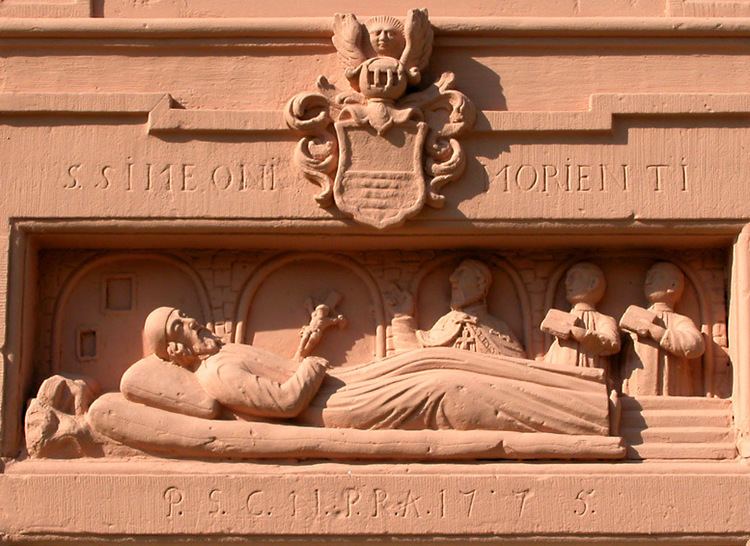 | ||
A recluse is a person who lives in voluntary seclusion from the public and society. The word is from the Latin recludere, which means "shut up" or "sequester". Historically, the word referred to a hermit's total isolation from the world. Examples are Symeon of Trier, who lived within the great Roman gate Porta Nigra with permission from the Archbishop of Trier, or Theophan the Recluse, the 19th-century Russian Orthodox monk who was later glorified as a saint. Celebrated figures who spent, or have spent, significant portions of their lives as recluses include Virgil, Michelangelo, Isaac Newton, Emily Brontë, J. D. Salinger, Emily Dickinson, Gustave Flaubert, Howard Hughes, Konstantin Tsiolkovsky, Marie Curie, Marcel Proust, Greta Garbo, Arturo Benedetti Michelangeli, Jean-Luc Godard, and Thomas Pynchon.
Overview
There are many potential reasons for becoming a recluse: a personal philosophy may reject consumer society; a mystical religious outlook may involve becoming a hermit or an anchorite; a survivalist may be practicing self-sufficiency; a criminal might hide away from people to avoid detection by police; or a misanthrope may be unable to tolerate human society.
It can also be due to psychological reasons, such as posttraumatic stress disorder, social anxiety disorder, apathy, autism, depression, obsessive–compulsive disorder, intellectual disability, schizoid personality disorder or avoidant personality disorder. In Japan, an estimated 1.2 million people are part of the phenomenon of "Hikikomori" or "social withdrawal", a problem often blamed on Japan's education system and social pressure to succeed.
